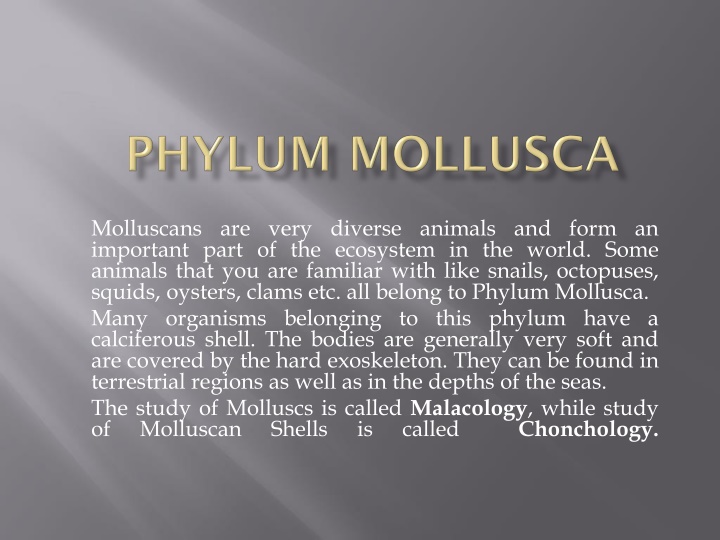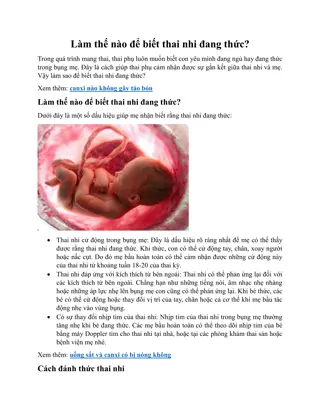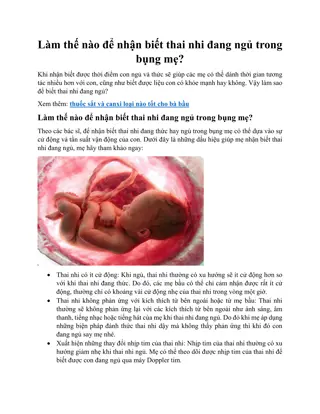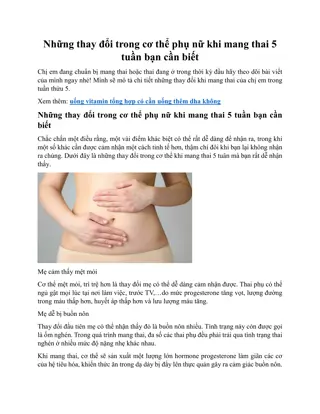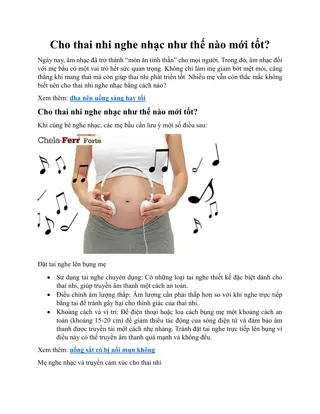The Diverse World of Molluscs: An Overview
Molluscs are diverse animals found in both terrestrial and aquatic habitats. They belong to Phylum Mollusca and exhibit characteristics such as a calciferous shell, bilateral symmetry, and a well-developed body system. The study of Molluscs is called Malacology, while the study of Molluscan Shells is known as Chonchology. This overview covers the classification, anatomy, physiology, and unique features of Molluscs, including examples like snails, octopuses, squids, oysters, and clams.
Download Presentation

Please find below an Image/Link to download the presentation.
The content on the website is provided AS IS for your information and personal use only. It may not be sold, licensed, or shared on other websites without obtaining consent from the author.If you encounter any issues during the download, it is possible that the publisher has removed the file from their server.
You are allowed to download the files provided on this website for personal or commercial use, subject to the condition that they are used lawfully. All files are the property of their respective owners.
The content on the website is provided AS IS for your information and personal use only. It may not be sold, licensed, or shared on other websites without obtaining consent from the author.
E N D
Presentation Transcript
Molluscans are very diverse animals and form an important part of the ecosystem in the world. Some animals that you are familiar with like snails, octopuses, squids, oysters, clams etc. all belong to Phylum Mollusca. Many organisms belonging to this phylum have a calciferous shell. The bodies are generally very soft and are covered by the hard exoskeleton. They can be found in terrestrial regions as well as in the depths of the seas. The study of Molluscs is called Malacology, while study of Molluscan Shells is called Chonchology.
They are bilaterally symmetrical. They are triploblastic, which three layers. They show organ system grade of organisation. The body is soft and unsegmented. Body is divisible into three regions head, a visceral mass, and ventral foot. Body is covered by a mantle and shell. They can be found in different habitats, both aquatic and terrestrial. The body cavity is a haemocoel, through which blood circulates. The digestive system is well developed and complex. It has a radula, which is a rasping structure that has chitinous teeth. It is used in feeding. The nervous system is made up of paired ganglia, connectives, and nerves. The circulatory system is open, with heart and aorta. Respiration occurs through gills called ctenidia. The ventral muscular foot helps in locomotion. They have a pair of kidneys (metanephridia) Sexes are separate and reproduction is through sexual reproduction. Fertilisation can be internal or external.
Bivalvia Gastropoda Cephalopoda Monoplacophora Amphineura Scaphopoda
Torsion is a gastropod synapomorphy which occurs in all gastropods during larval development. Torsion is the rotation of visceral mass, mantle, and shell 180 with respect to the head and foot of the gastropod. This rotation brings the mantle cavity and the anus to an anterior position above the head. In some groups of gastropods (Opisthobranchia) there is a degree of secondary detorsion or rotation towards the original position; this may be only partial detorsion or full detorsion. The torsion or twisting of the visceral mass of larval gastropods is not the same thing as the spiral coiling of the shell, which is also present in many shelled gastropods.
There are two different developmental stages which cause torsion. The first stage is caused by the asymmetricalvelar/foot muscle which has one end attached to the left side of the shell and the other end has fibres attached to the left side of the foot and head. At a certain point in larval development this muscle contracts, causing an anticlockwise rotation of the visceral mass and mantle of roughly 90 . This process is very rapid, taking from a few minutes to a few hours. After this transformation the second stage of torsion development is achieved by differential tissue growth of the left hand side of the organism compared to the right hand side. This second stage is much slower and rotates the visceral mass and mantle a further 90 . Detorsion is brought about by reversal of the above phases. the development of
Torsion can be brought about in the following ways: 180 rotation by muscle contraction alone. Example: Acmaea. Rotation occurs in two stages first 90 by contraction of larval retractor muscles and the second 90 by differential growth. Examples: Patella, Haliotes, etc. Rotation by differential growth alone. Example: Vivipara. Rotation by differential growth, the anus coming to a position as in the adult. Example: Aplysia.
Position of organs in pre-torsional stage: Posteriorly located mantle cavity opens backward; mouth and anus at opposite ends; ctenidia pointed backwards; auricles behind the ventricle; nervous system bilaterally symmetrical; coiled visceral sac and shell dorsal or exo-gastric. Position of organs in post-torsional stage: Mouth cavity opens in front just behind the head; gut assumes U-shape; anus lies in front near mouth; ctenidia shifted to front, directed backwards, the right one shifted to the left and vice versa, the auricles become anterior to the ventricle and the position changed right to left and vice versa; nervous system becomes twisted into a figure of 8 by crossing of the pleurovisceral connectives; coil of visceral sac and shell become ventral or endogastric. Asymmetry and Loss of Organs: In specialised forms the visceral organs of one side, viz. the ctenidium, auricle and kidney fail to develop. These organs of the original right side become topographically placed on the left side.
Author are in agreement that torsion is the result of a larval mutation but they do not agree on the advantage of such mutation restricted only to the larva or extends to the adult. 1. Due to torsion the mantle cavity becomes anterior and the sensitive parts of the anterior end including the head and also the foot of the larva could be withdrawn into the mantle cavity at the approach of danger. Garstang (1928) holds that torsion represents a larval mutation, which is of advantage to the larva and not the adult, a concept shared by Yonge (1947). By rotation the interiorly placed mantle cavity provides a refuge for the delicate head and velar lobes of the larva, and it is not directly advantageous to the adult. 2. Morton (1958) believes the final effects of torsion due to larval mutation are profound in the adult snails though in a different way: a. Torsion promotes stability in the adult by bringing the body of the snail nearer to substratum. b. The free flow of respiratory water current in the posteriorly located mantle cavity containing the gills is obstructed by the back- flow of water current during upstream movement of the snail. In reverse situation, anteriorly placed mantle cavity is continuously flushed with fresh water current. c. The forward position of the receptors enables the snail to scan the surroundings and also test the quality of water and mud.
Acquisition of secondary symmetry observed in some Opisthobranch Gastropod is regarded as the result of detorsion. The distortion means the reversion to the changes that have occurred during torsion. As a result of detorsion the pallial complex travels towards the posterior end along the right side. The ctenidia are pointed backwards and the auricles come behind the ventricle. The visceral loop becomes untwisted and symmetrical. In this way a secondary external symmetry is established again. Detorsion is always associated with the loss of shell and the liberation of gills (ctenidia) from their enclosing case. The gills become exposed and subjected to external current. Different gra- dations of detorsions are encountered in the different members of opisthobranchs. In Acteon and Bulla detorsion is partial, and complete detorsion is observed in Aplysia. In some nudibranchs (e.g., Doris, Apolidia, etc.), the shell and mantle cavity are absent and the body becomes secondarily bilaterally symmetrical.
